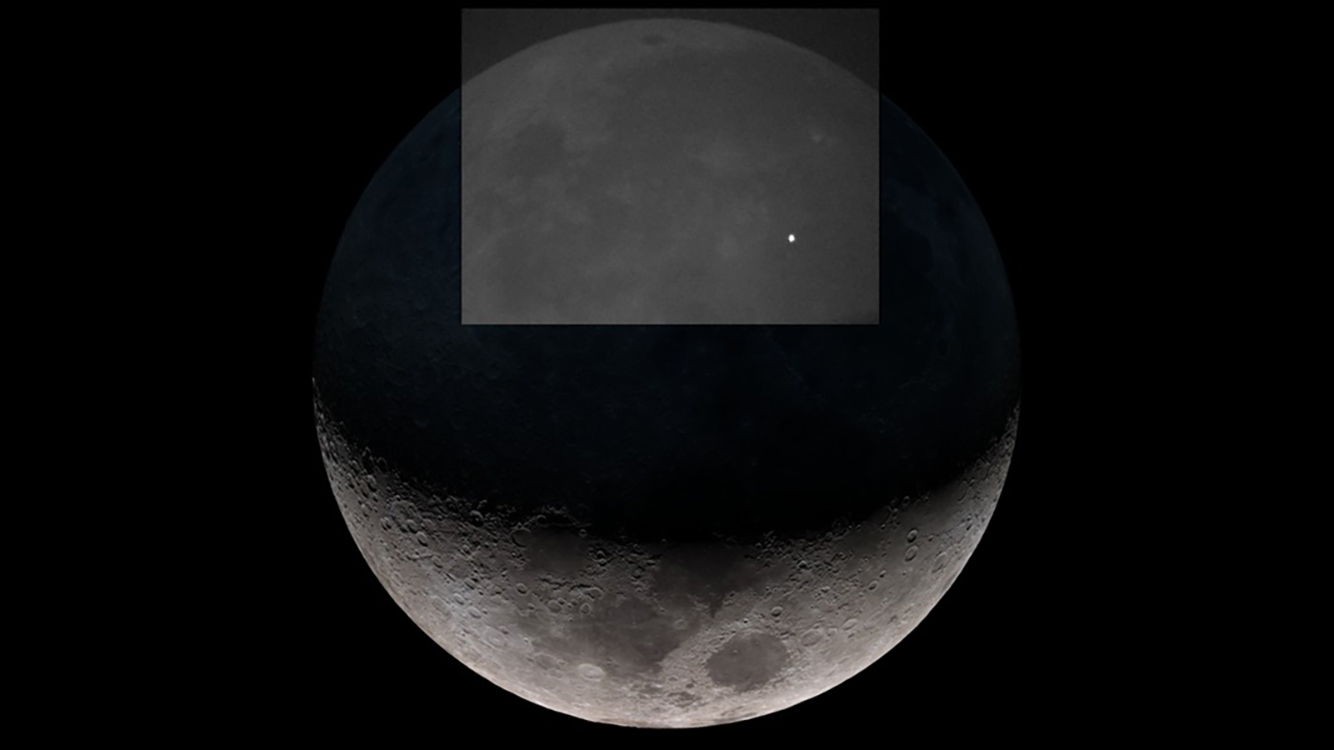Why is the moon flashing? A new telescope might find out.

The flashes on the moon’s surface are spotted multiple times a week—but what are they?
Some background: For thousands of years astronomers have observed strange flashes on the lunar surface, known as transient lunar phenomena. They’re there one second, and gone the next. There have been many guesses at what these lights might be. Maybe meteors are glowing on impact? Or charged solar wind reacting with lunar soil? They could even be light-reflecting gases that are being emitted during tectonic movement on the moon.
It’s time to settle the debate: A team led by Professor Hakan Kayal from the German university Julius-Maximilians-Universität Würzburg has set up a new telescope in Spain to study the phenomenon. Once its software is up and running, the telescope will automatically detect and track the flashes.
These measurements will then be compared with some taken by the European Space Agency. The team wants to determine if these flashes are even coming from the moon at all, or if they are formed in our own atmosphere by meteors or satellites. There’s hope the results might even give hints about the moon’s origins.
Why it matters: With a recent renewed focus on returning to the moon, Kayal says that this project is crucial so that humans can understand the regions where they hope to eventually set up shop and even live. Let’s get to know the neighborhood before we buy a house there, in other words.
Want to keep up to date with space tech news? Sign up for our space newsletter, The Airlock.
Deep Dive
Space
How to safely watch and photograph the total solar eclipse
The solar eclipse this Monday, April 8, will be visible to millions. Here’s how to make the most of your experience.
How scientists are using quantum squeezing to push the limits of their sensors
Fuzziness may rule the quantum realm, but it can be manipulated to our advantage.
The great commercial takeover of low Earth orbit
Axiom Space and other companies are betting they can build private structures to replace the International Space Station.
Stay connected
Get the latest updates from
MIT Technology Review
Discover special offers, top stories, upcoming events, and more.